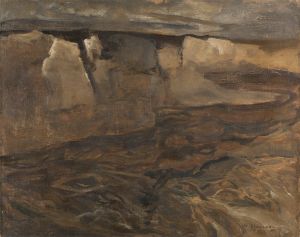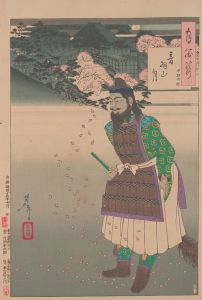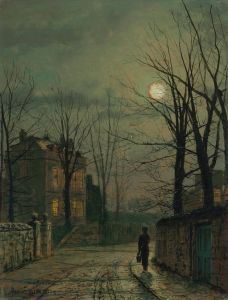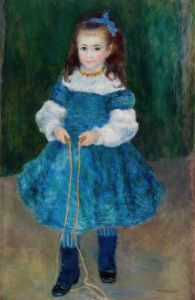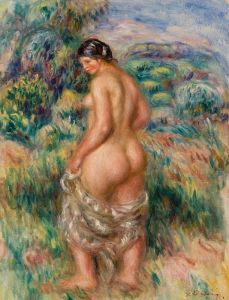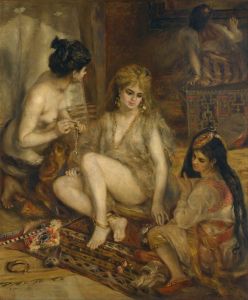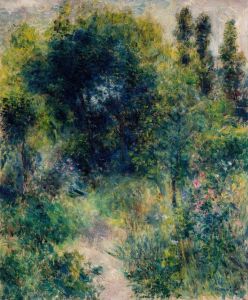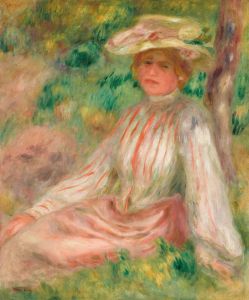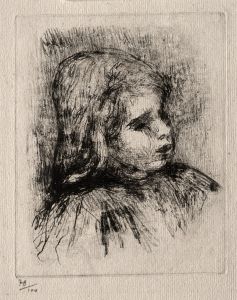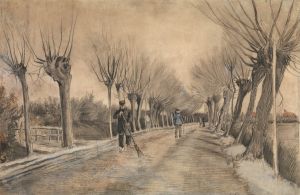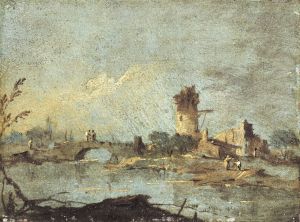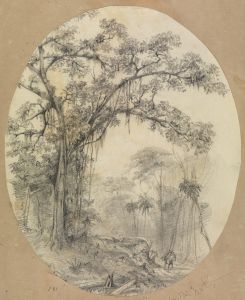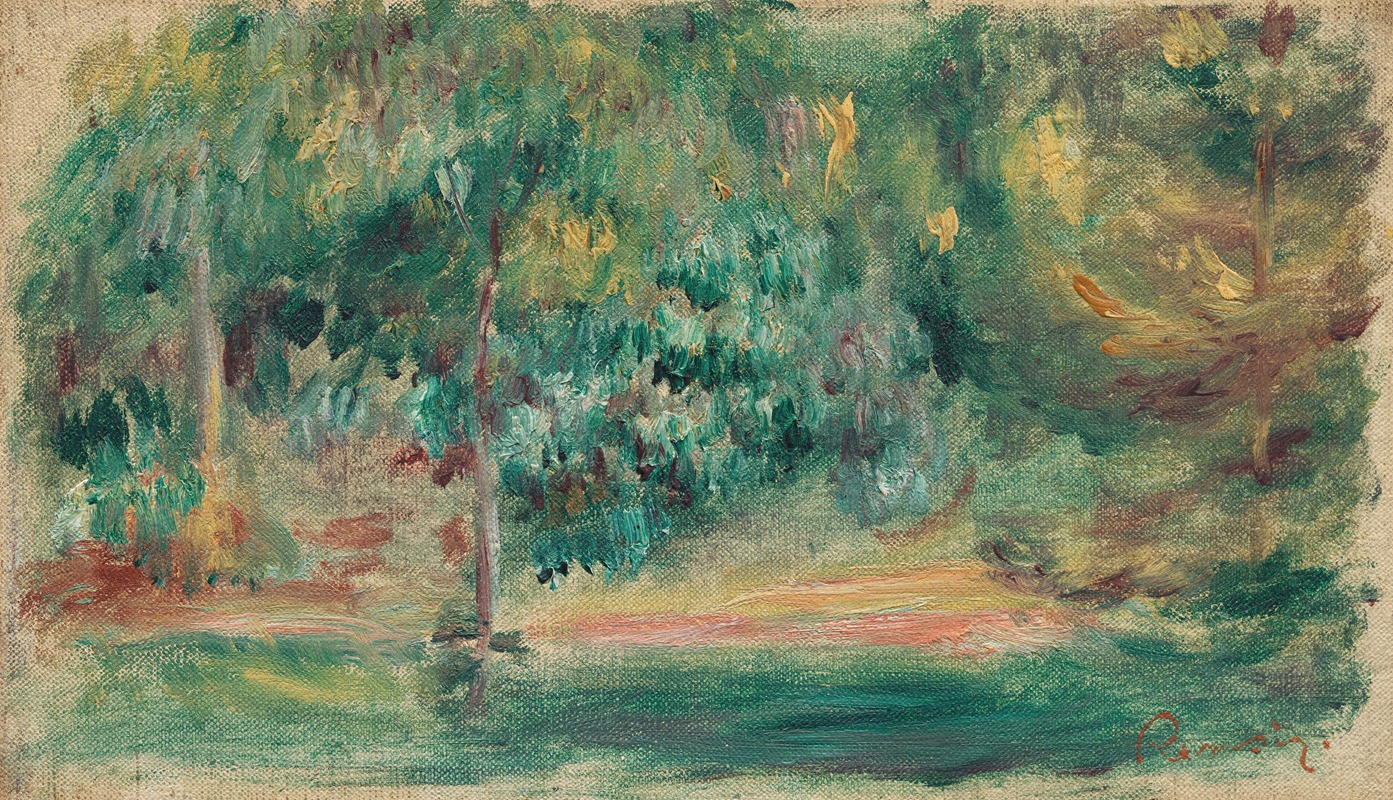
Paysage
A hand-painted replica of Pierre-Auguste Renoir’s masterpiece Paysage, meticulously crafted by professional artists to capture the true essence of the original. Each piece is created with museum-quality canvas and rare mineral pigments, carefully painted by experienced artists with delicate brushstrokes and rich, layered colors to perfectly recreate the texture of the original artwork. Unlike machine-printed reproductions, this hand-painted version brings the painting to life, infused with the artist’s emotions and skill in every stroke. Whether for personal collection or home decoration, it instantly elevates the artistic atmosphere of any space.
Pierre-Auguste Renoir, a leading figure in the Impressionist movement, is renowned for his vibrant light and saturated color, often focusing on people in intimate and candid compositions. While Renoir is best known for his depictions of bustling Parisian life and leisurely outdoor scenes, he also painted landscapes, which are an integral part of his oeuvre. One such work is "Paysage," which translates to "Landscape" in English.
Renoir's landscapes often reflect his fascination with the effects of light and atmosphere, capturing the transient beauty of nature. His approach to landscape painting was influenced by his Impressionist contemporaries, such as Claude Monet, with whom he often painted en plein air. This method allowed Renoir to observe and depict the changing conditions of light and color directly from nature, a hallmark of the Impressionist style.
"Paysage" exemplifies Renoir's ability to convey the lushness and vibrancy of the natural world. In this painting, Renoir employs loose brushwork and a bright palette to create a sense of movement and immediacy. The composition typically features elements such as trees, water, and sky, rendered in a way that emphasizes the interplay of light and shadow. Renoir's landscapes are less about topographical accuracy and more about capturing the mood and essence of a scene.
Renoir's landscapes, including "Paysage," often evoke a sense of tranquility and harmony. His use of color is particularly noteworthy; he frequently used a range of greens, blues, and yellows to depict foliage and sunlight, creating a warm and inviting atmosphere. The brushstrokes in "Paysage" are fluid and dynamic, contributing to the overall sense of liveliness and spontaneity.
Throughout his career, Renoir's style evolved, and his landscapes reflect this progression. In his early works, the influence of Impressionism is more pronounced, with a focus on capturing fleeting moments and the effects of light. As his style matured, Renoir began to incorporate more defined forms and a greater emphasis on composition, while still maintaining the vibrant color and light that characterized his earlier works.
Renoir's landscapes, including "Paysage," are celebrated for their ability to transport viewers into serene and idyllic settings. They offer a glimpse into the artist's perception of nature as a source of beauty and inspiration. While Renoir's portraits and figure paintings often receive more attention, his landscapes are equally significant in understanding his artistic vision and contribution to the Impressionist movement.
In summary, "Paysage" by Pierre-Auguste Renoir is a testament to the artist's skill in capturing the ephemeral beauty of nature. Through his masterful use of color and light, Renoir creates a landscape that is both evocative and timeless, inviting viewers to experience the serene and harmonious world he so admired.





